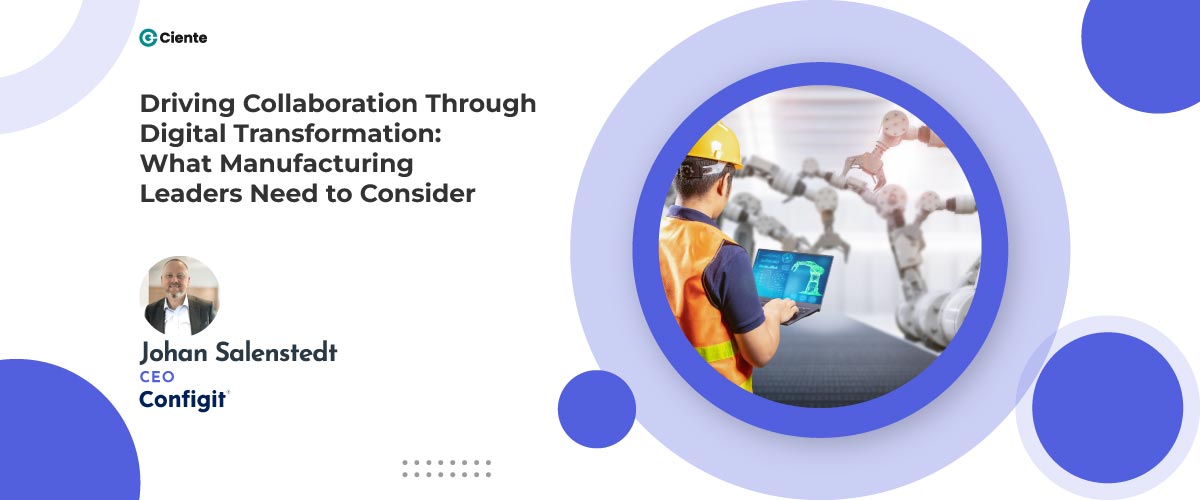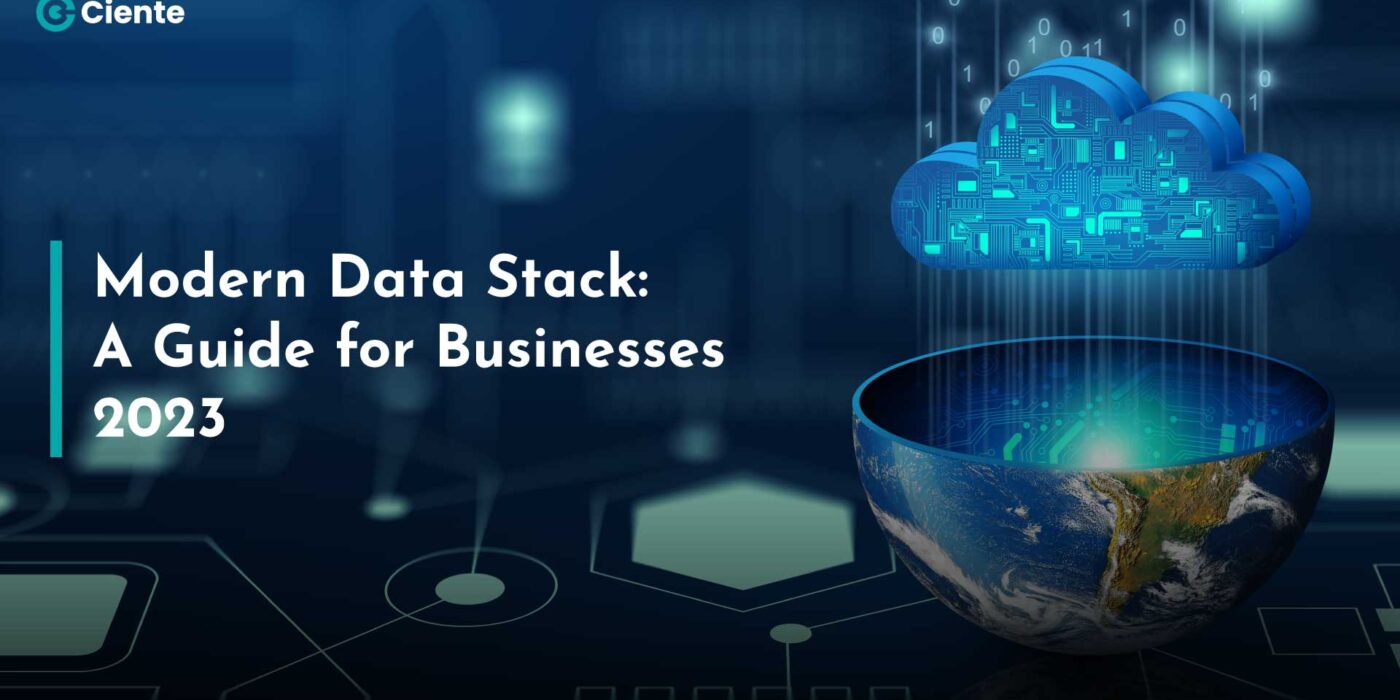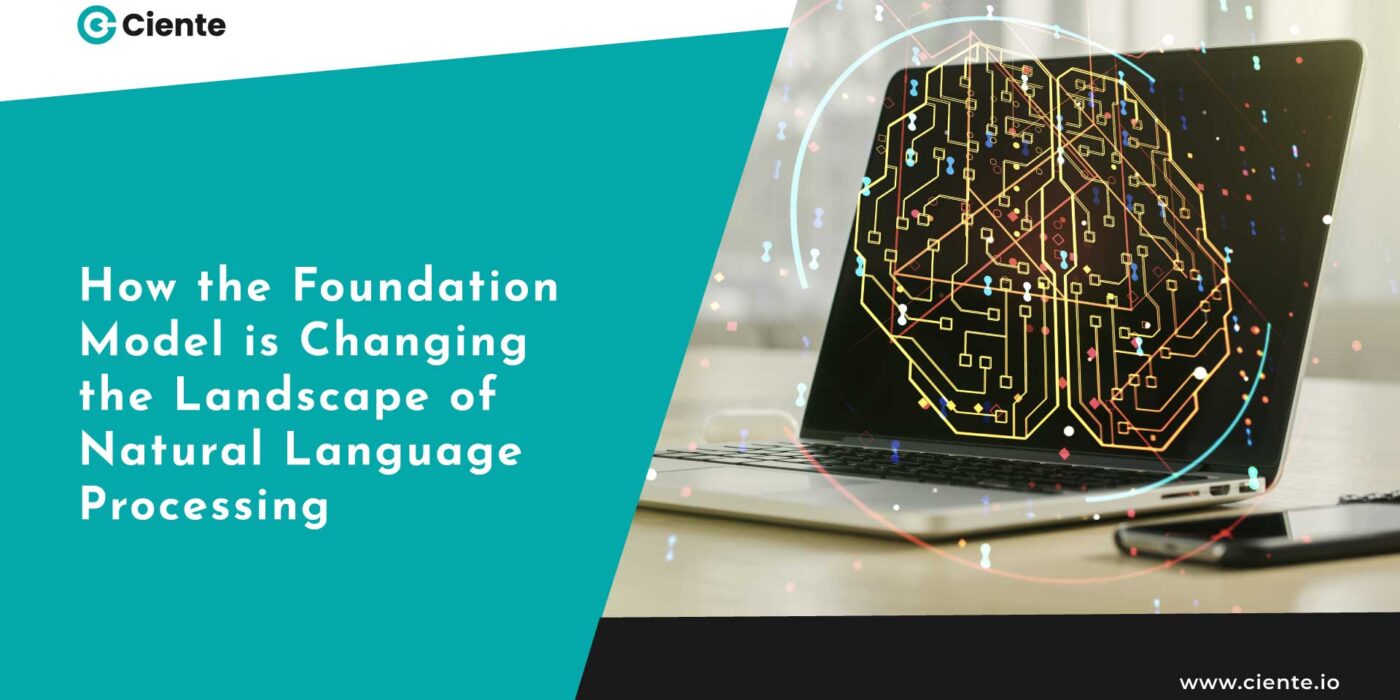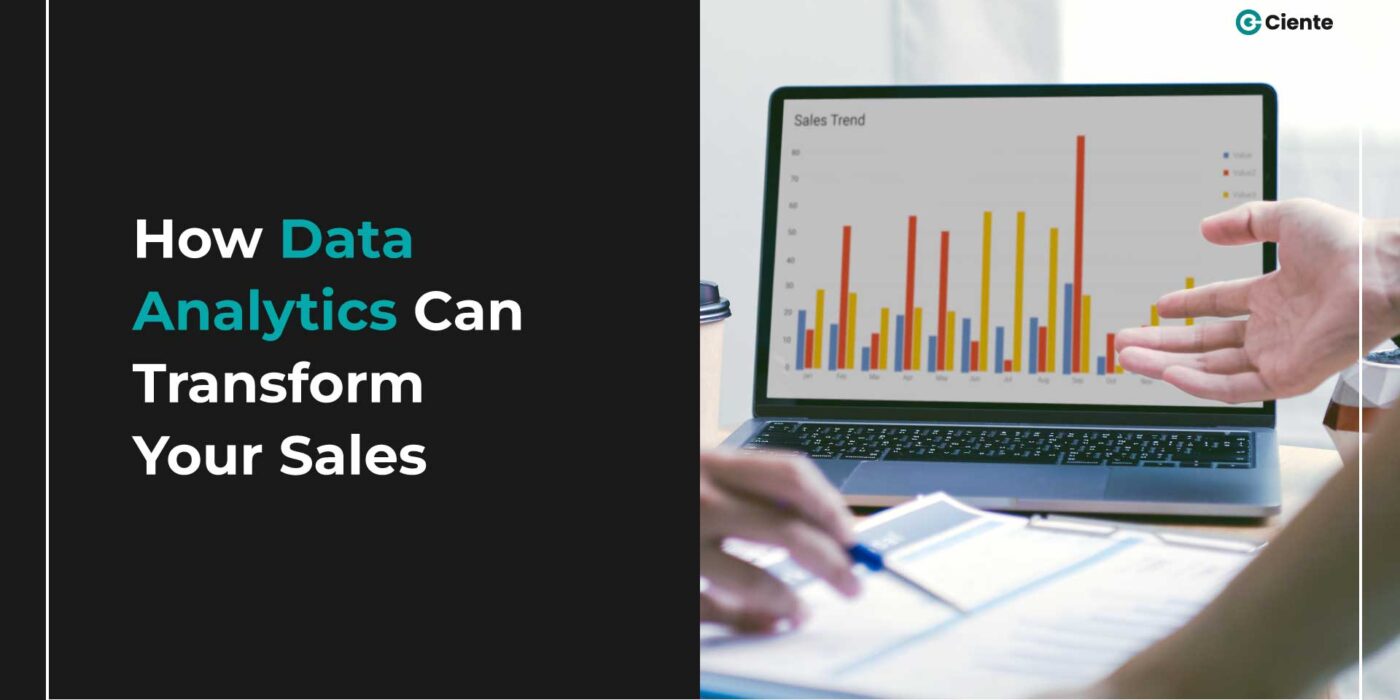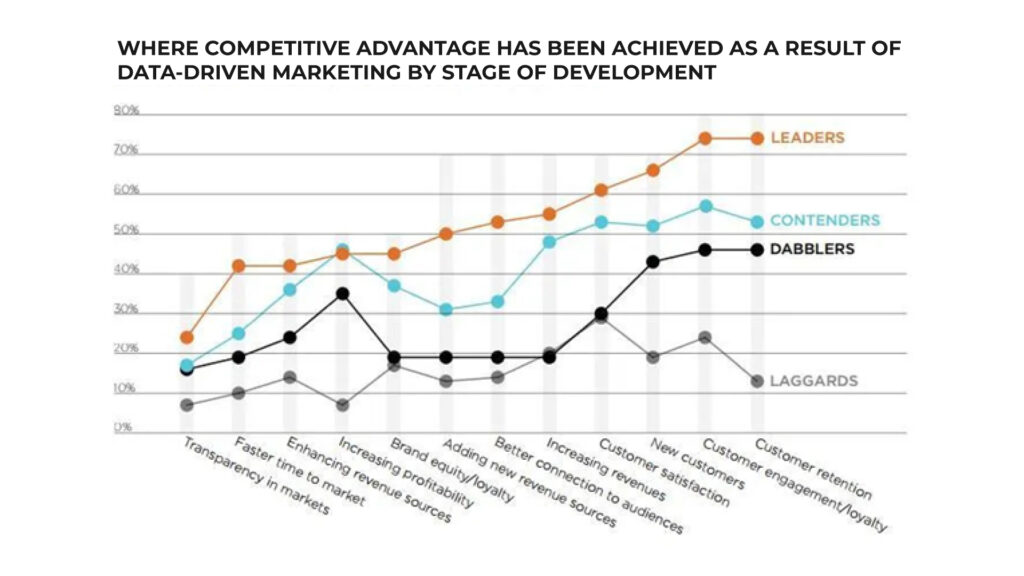Driving Collaboration Through Digital Transformation: What Manufacturing Leaders Need to Consider
For manufacturing enterprises, especially those with complex products that have multiple configuration options, the issues of digital fiefdoms are particularly pronounced. Each department owns its own data and often doesn’t share it across functions.
Manufacturers need a new approach that allows for easy collaboration and provides a single source of truth for product configuration data across the business to ensure customer satisfaction and agility. In this scenario, all people, processes and systems are aligned, and all product configuration data is accessible and aligned amongst departments like manufacturing, engineering and sales. Configuration Lifecycle Management (CLM) solutions can help organizations address the collaboration barriers to digital transformation of the product configuration process.
Factors driving change in manufacturing
For many companies, the digital transformation journey is initiated with the goal of creating simpler products with a simple sales process. However, the pandemic (and the ensuing shutdowns) ushered in a new urgency for many organizations to quickly enable remote work and keep operations going. And putting a digital transformation process on steroids and trying to go from idea to implementation in three to six months was just not doable.
As a result, some companies took the easy way out for the sake of speed. Now they’re starting to realize that what they have implemented is not sustainable. It’s not fixing the real problem. Some manufacturers have tried to address their digital transformation journey using other types of tools, like CRM. Then they remember that the CRM vendor said they could do some CPQ, but that only fixed some problems in the sales department. Or maybe they implemented a much smarter ecommerce system; that still won’t fix the underlying problem: linking the processes cross-functionally. Manufacturers need a leadership team willing to recognize and admit that this is a fundamental business problem. It’s not just a backbone IT architecture problem.
The need for collaboration
When manufacturing complex products that are configurable in many ways, leaders need to include people from the engineering and manufacturing functions as well as from the sales and post-sales service department. This will create a common ground, a way of looking at the products and at how the configuration takes place with all the rules that apply. That’s true collaboration. And unless they develop a single source of truth and a unified vocabulary for how to talk about these things, it’s going to be very hard. If you can’t address the culture and IT shifts, you will fail.
How CLM helps with digital transformation
Vendors of complex configurable products struggle with the lack of master product data. Master data is about keeping track of the fundamentals: data on products, combinations, rules and so on. Many manufacturing companies are still to this day running their configuration process on spreadsheets. They can end up with thousands of them – hardly a simple or error-free process.
If a change is made, all these data sources must be updated, but that’s nearly impossible to do using spreadsheets or a homegrown system, which might have been developed 30 years ago. This needs to become a modern, digital system.
Products are manufactured in a very specific order because there are rules that govern, for instance, when a certain valve can be installed before the gas tank is mounted. All such rules need to be globally available and visible in one common view. That’s Configuration Lifecycle Management.
Moving from ETO to CTO
Many B2B manufacturers have relied on an engineer-to-order (ETO) approach. This approach is costly in both time and resources, leading many vendors to consider new business models that allow them to offer more competitive pricing.
Today, they are beginning to switch from an ETO to a configure-to-order (CTO) perspective. The goal is to be more efficient by using already-compiled product or component combinations that continue to satisfy the engineering-to-order need for the customers but do it in a more configurable way.
The changing market dynamics play a role, too. What CLM also provides is the ability to be agile and act quickly as needed. Supply chain resilience is one example. If a company is in control of its data and processes, it can easily adapt to new situations. Such agility is a competitive advantage.
Collaborate to transform
In the modern world of highly complex configurable products, manufacturers need a new approach that allows for easy collaboration and provides a single source of truth for product configuration data across the business to ensure customer satisfaction. Configuration Lifecycle Management solutions can help organizations address the collaboration barriers to digital transformation and foster a single source of configuration truth.

